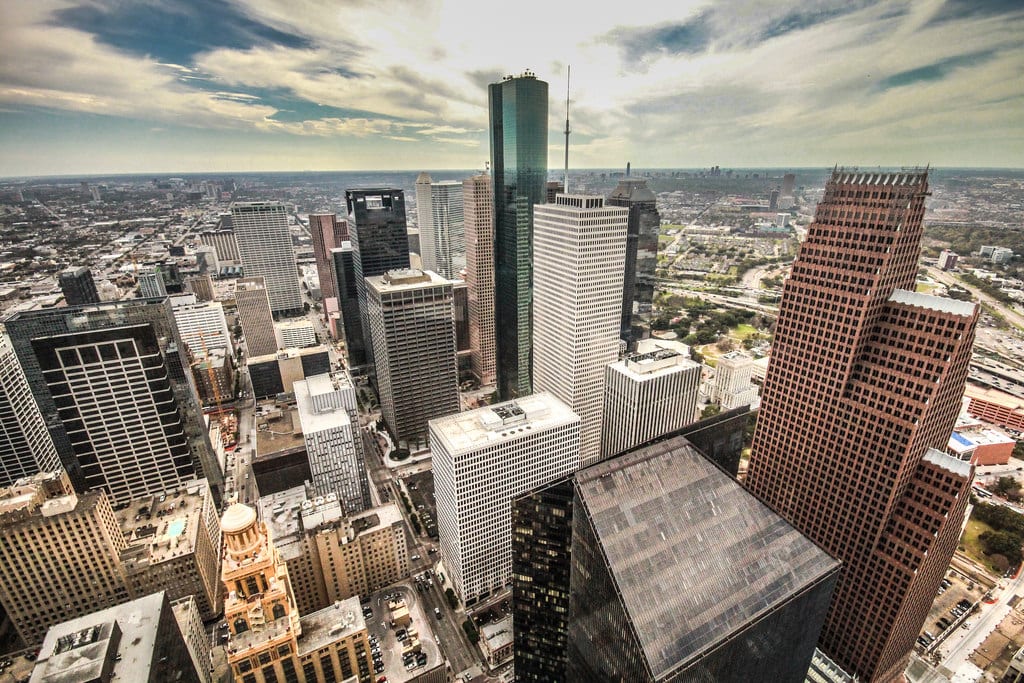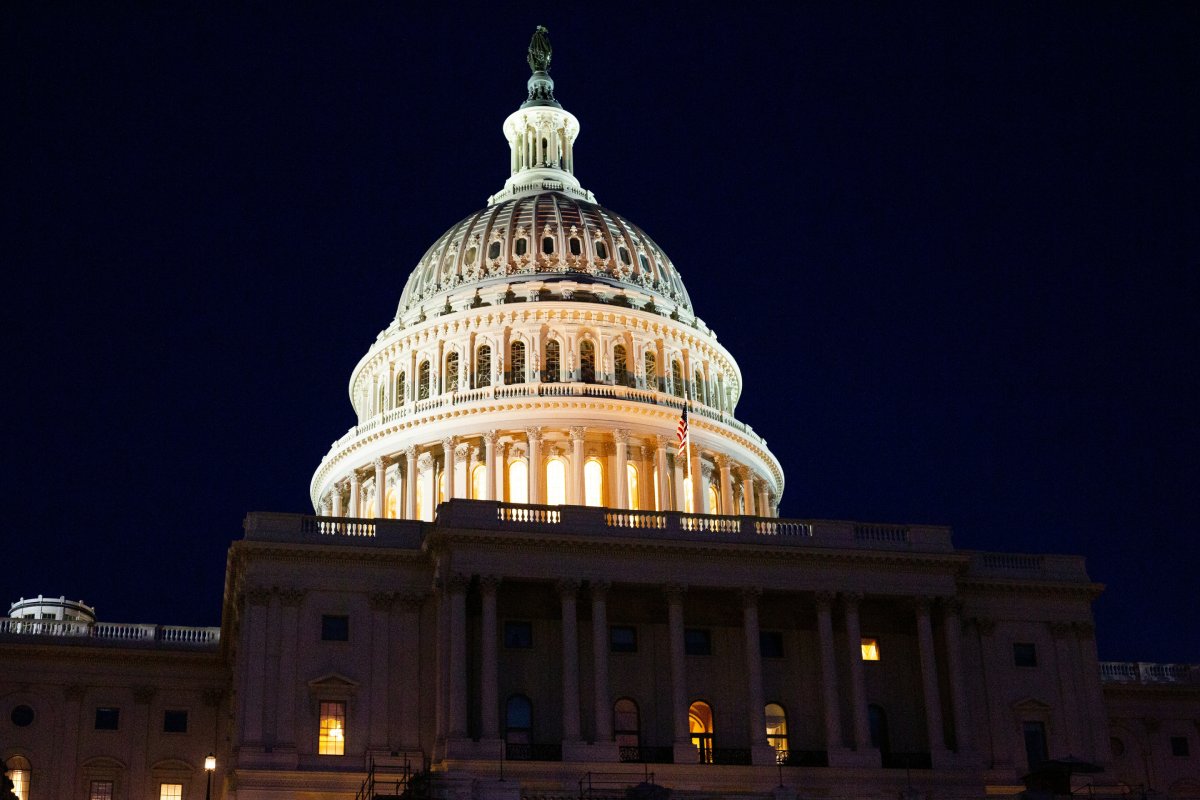U.S. Hotels' Summer Occupancy Saw Second-Largest Drop Since Recession

Skift Take
U.S. hotels had their second largest occupancy drop since the global financial crisis during the third quarter, with some analysts blaming last year's Texas and Florida hurricanes that boosted hotel bookings.
Houston, which had Hurricane Harvey in the third quarter 2017 when many of its hotels were filled with volunteers and relief workers, had the largest occupancy decline (11 percent) of any U.S. city for the third quarter, according to data from real estate and investment firm CBRE. But most of the overall occupancy drop came from Midwest and East Coast cities such as Indianapolis, Charleston, Kansas City, and Washington, D.C. Some hotels had fewer heads in beds as average daily rates for these cities also fell year-over-year.
National occupancy dropped 0.4 percent in the third quarter, which was the first decline since the first quarter 2016. Choice Hotels said during its third quarter earnings call that it's blaming Hurricane Florence and other weather events on lower occupancy over the summer months.
Revenue per available room also dropped in 18 of the 60 markets CBRE tracks, twice as many as the second quarter.
Some markets, such as Pittsburgh, Cleveland, and Albuquerque, New Mexico had occupancy gains greater than 5 percent for the quarter, as demand surged in those cities. Hotel demand grew 1.6 percent nationally for the quarter, and the slight occupancy drop is likely more a sign of abnormal weather impacts than long-term storm clouds on the horizon.




